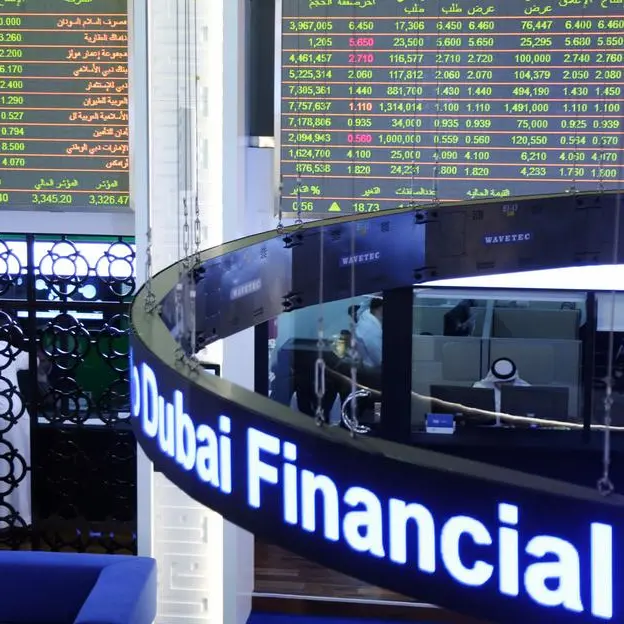PHOTO
PARIS- A drop in demand from China and Saudi Arabia sent barley prices tumbling in recent weeks, despite low global supply, and price pressure may continue if harvest prospects for next season remain good, analysts at Strategie Grains said.
The barley market rallied earlier in the 2018/19 season with weather-hit crops in Europe and Australia expected to contribute to a fall in global stocks, which the U.S. government sees hitting a 35-year low.
However, competition from cheaper maize (corn) for use in livestock feed and a lull in demand from major importers China and Saudi Arabia hit barley prices, including in Australia where severe drought cut the country's export surplus, French-based Strategie Grains said.
"The very high price of barley through the first half of the (export) year has led to a reduction in global demand and in turn this has now generated a price war between the main barley exporters on the world market," Strategie Grains said in a monthly report.
The dampening effect on demand from high prices has been exacerbated by a Chinese anti-dumping probe into barley from Australia, its main supplier, and rainfall in Saudi Arabia that could boost local pastureland, the firm said.
Barley prices in the European Union and Argentina shed between $15 and $20 a tonne in the past month, tracking a slide in Australian prices, it said.
Strategie Grains lowered its forecast for EU barley exports in 2018/19 to 5.0 million tonnes from 5.8 million last month.
Downward pressure on prices could persist if China continues to shun Australian crops and Saudi Arabia further delays its return to the market. Favourable prospects so far for 2019 harvests in Europe and the Black Sea region may also bring supply pressure next season, it added.
In contrast, export prospects for EU wheat this season were improving due to declining availability and rising prices in the Black Sea zone and also in Argentina.
Strategie Grains increased its forecast for EU soft wheat exports, excluding durum, in 2018/19 to 18.7 million tonnes from 18.5 million.
However, like barley, global demand for wheat has been constrained by cheaper maize, a trend that could continue next season despite expectations for a recovery in wheat demand as production rebounds.
For 2019 EU production, Strategie Grains left its forecast of the common wheat crop unchanged at 146.4 million tonnes, a 15 percent increase from last year, and increased slightly its barley crop forecast to 62.0 million, up 11 percent from 2018.
(Reporting by Gus Trompiz and Valerie Parent; Editing by Kirsten Donovan) ((gus.trompiz@thomsonreuters.com; +33 1 49 49 52 18; Reuters Messaging: gus.trompiz.thomsonreuters.com@reuters.net))












